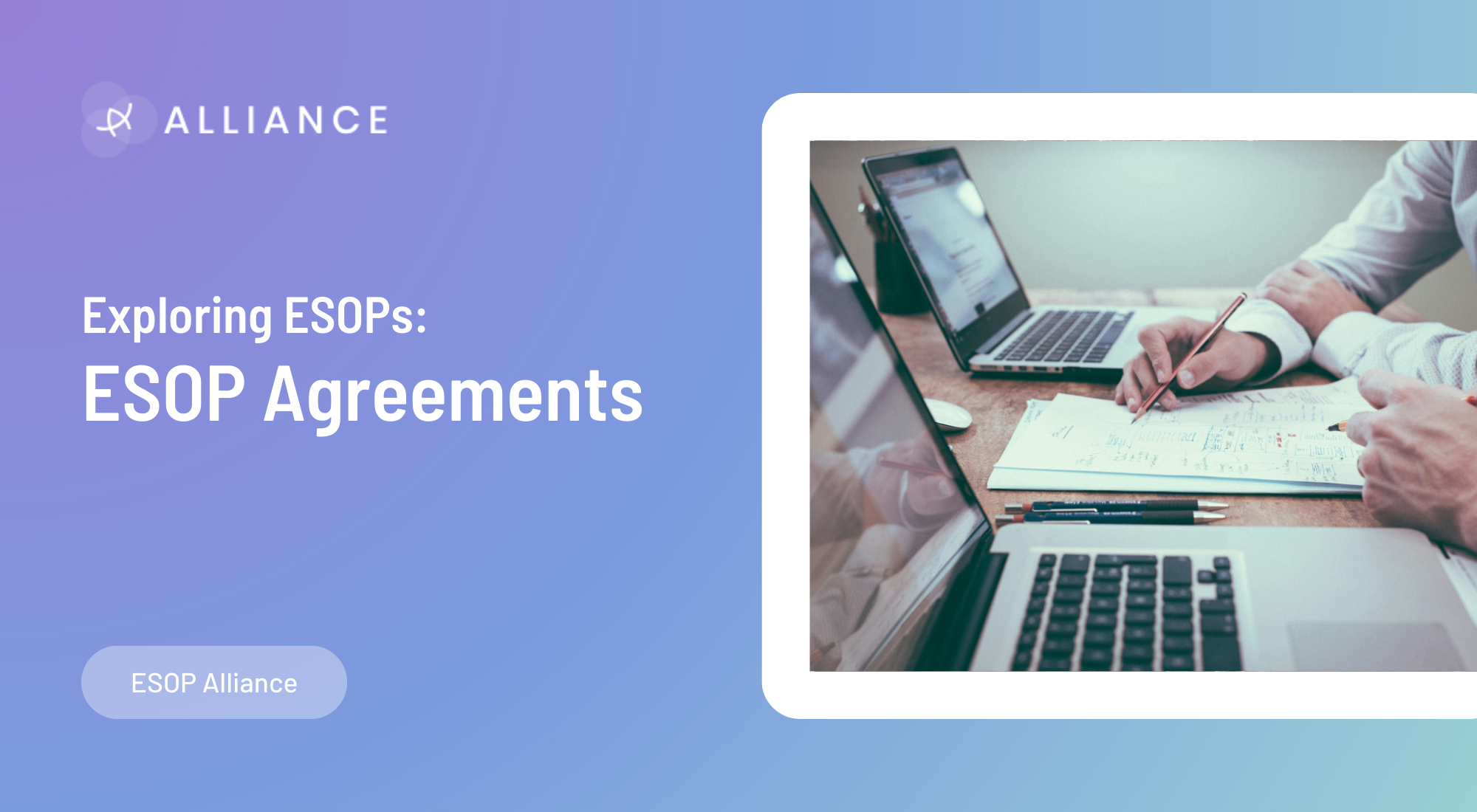Exploring ESOPs: ESOP Agreements

When implementing an Employee Stock Ownership Plan (ESOP), crafting a clear, comprehensive ESOP agreement is key.
The ESOP agreement document outlines an ESOP's terms and conditions. It is also a legal foundation for the plan. It ensures that all parties understand their rights and duties. A well-drafted ESOP agreement can prevent misunderstandings and disputes. It helps foster a positive relationship between a startup and its employee-shareholders.
The Preamble: Setting the Context
The ESOP agreement begins with the preamble, which sets the context for the document. This section is crucial. It gives the background needed to understand the agreement's clauses. It typically outlines the goals of the ESOP. These include promoting long-term employee commitment and aligning employees' interests with the company's.
Key Sections of an ESOP Agreement
Key sections of an ESOP agreement include:
- Identification of the parties involved
- Subscription details
- Mechanism for purchasing shares
The agreement must specify who the participating employees are. It must also cover the number of shares they can buy, the price per share, and the payment terms. This clarity ensures that the process is transparent and fair to all parties involved.
Detailed Vesting Schedule
Another key part of the ESOP agreement is the detailed vesting schedule. It explains the conditions under which employees can fully own their shares. This includes provisions for what happens if an employee leaves the company. It distinguishes between different scenarios, such as resignation or termination for cause.
Addressing Scenarios and Exit Events
The agreement also addresses scenarios such as an exit event. It explains how unvested shares are handled in the case of a company takeover or IPO. This foresight is crucial. It protects the interests of the company and the employees in big corporate transactions.
Legal Precision and Flexibility
In drafting an ESOP agreement, legal precision is key. The document must fit the company's context. It must also follow relevant laws and regulations. It should be flexible enough to fit future company changes. But, it should also be detailed enough to clearly guide ESOP management.
In essence, the ESOP agreement is more than a contract; it is a blueprint for a partnership between a company and its employees. By carefully navigating the law and crafting a detailed ESOP agreement, companies can lay the groundwork for a successful ownership plan that will benefit both the company and employees.
